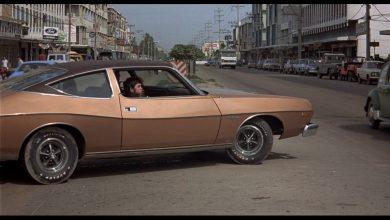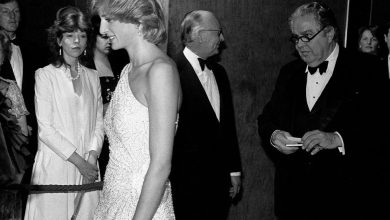Complete Guide to James Bond Books in Order – Chronicle List
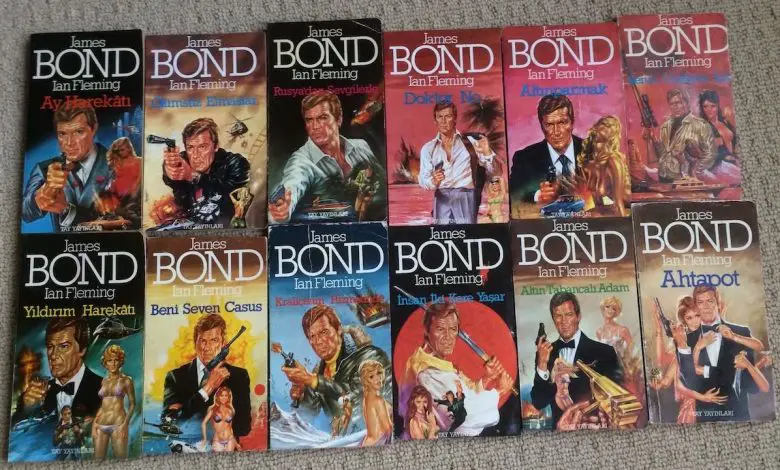
The Complete Guide to James Bond Books in Order – Chronicle List is a must-read for fans of the iconic spy. It provides valuable information on the proper order in which to read the James Bond novels, ensuring that readers get the most out of their Bond experience. According to Ian Fleming Publications’ publication manager, Simon Ward, it is recommended to start with Fleming’s 12 novels and read them in the order they were published, beginning with Casino Royale and ending with The Man with the Golden Gun.
Reading the James Bond books in order is an essential step in understanding the character and his world. Certain books are direct sequels to others and need to be read in sequence to fully appreciate the story. Bond scholars John Griswold and Henry Chancellor have proposed alternative chronologies, but starting with Casino Royale is widely regarded as crucial to understanding the character and his origins.
In addition to Fleming’s original novels, the article also briefly mentions the continuation novels and authors who have contributed to the Bond series after Fleming’s death. These include Kingsley Amis, John Gardner, Raymond Benson, Sebastian Faulks, Jeffery Deaver, and Anthony Horowitz, who have all put their unique stamp on the Bond universe.
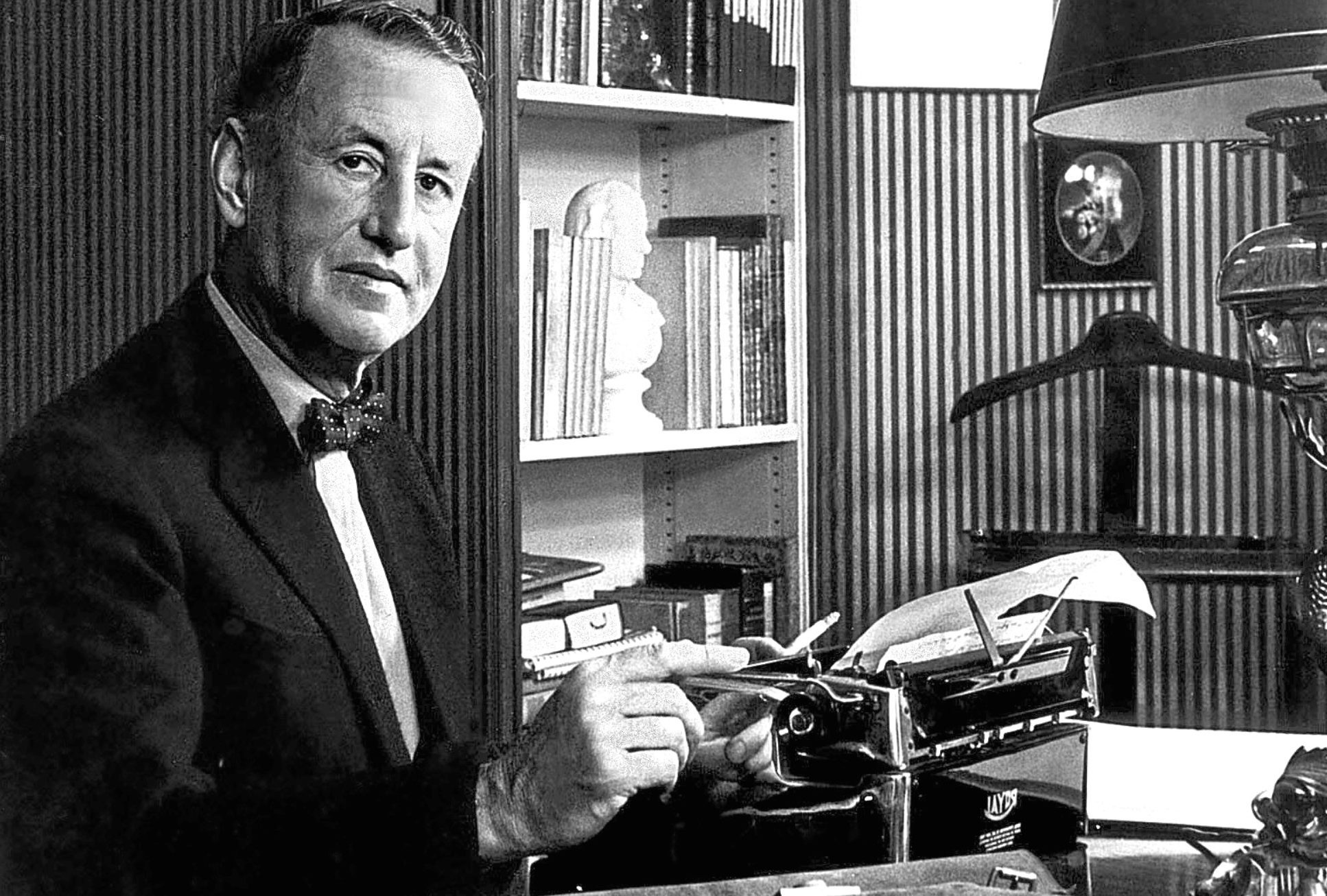
For a comprehensive list of James Bond books in order, Bond fans need look no further than the Complete Guide to James Bond Books in Order – Chronicle List. It is an indispensable tool for any true Bond aficionado.
So, if you’re a fan of the suave spy, make sure to read the James Bond books in the correct order for the ultimate Bond experience. And the Complete Guide to James Bond Books in Order – Chronicle List is here to help.
Why Read the James Bond Novels in Order?
According to Ian Fleming Publications’ publication manager, Simon Ward, it is recommended to start with Fleming’s 12 novels and read them in the order they were published, beginning with Casino Royale and ending with The Man with the Golden Gun. This is because the character of James Bond evolves throughout the series and certain books are direct sequels to one another. Therefore, it is crucial to read them in the correct order in order to fully appreciate the story.
While some Bond scholars, such as John Griswold and Henry Chancellor, have proposed alternative chronologies, starting with Casino Royale remains the preferred method. Doing so allows readers to gain a better understanding of the character’s origins, his relationships with other characters and his overall worldview. In essence, starting with Casino Royale allows readers to fully immerse themselves in the James Bond universe.
In addition to the direct sequels within the series, reading the James Bond novels in order also allows readers to track the evolution of the character over time. By starting with the earliest novels and progressing through the series, readers can see how Bond develops as a character and how his world changes throughout the decades in which the novels were written.
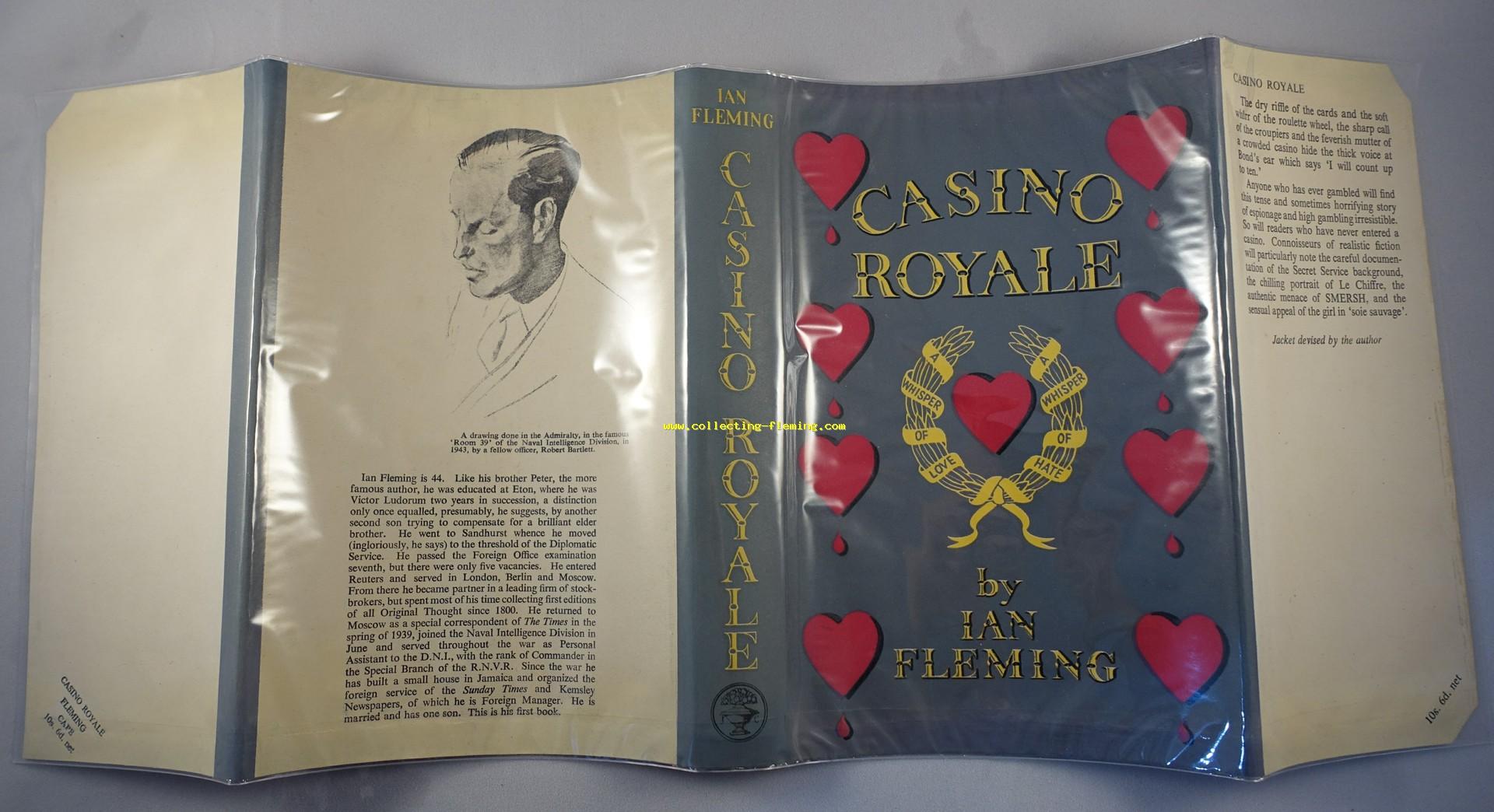
The Importance of Reading Certain Books in Sequence
When it comes to reading the James Bond novels, it’s crucial to understand the importance of reading certain books in the correct order. As Ian Fleming Publications’ publication manager, Simon Ward, suggests, starting with Fleming’s 12 novels and reading them in the order they were published is the recommended approach. Doing so will allow readers to fully appreciate the development of Bond’s character and his world.
Ward emphasizes the significance of reading certain books in sequence as they are direct sequels that build upon each other. For example, it’s essential to read From Russia with Love after Casino Royale, as it continues the story of Bond’s mission to take down the infamous organization SMERSH.
Furthermore, while alternative chronologies have been proposed by Bond scholars such as John Griswold and Henry Chancellor, starting with Casino Royale is widely considered the best approach to understanding the character and his world. As the first book in the series, it sets the foundation for the rest of the novels and introduces readers to Bond’s personality, style, and motivations.
Overall, reading the James Bond novels in the correct order is a crucial step in fully appreciating the development of the series’ beloved character. Direct sequels and alternative chronologies aside, starting with Fleming’s 12 novels, beginning with Casino Royale, is the best way to dive into the world of James Bond.
Alternative Chronologies Proposed by Bond Scholars
Additionally, there are alternative chronologies proposed by Bond scholars John Griswold and Henry Chancellor. However, it is widely recommended to start reading the James Bond books by Ian Fleming in the order they were published, beginning with Casino Royale and ending with The Man with the Golden Gun. This not only helps readers understand the development of the character and his world but also offers a consistent narrative experience.
Griswold’s proposed chronology starts with From Russia with Love, followed by Dr. No and then Casino Royale. Although this order does provide a slightly different perspective on the character, it is not necessary to follow this sequence to appreciate the books.
Chancellor’s proposed chronology is even more complex, with multiple sub-series and alternate timelines. While it offers a comprehensive view of the character and his adventures, it can be daunting for new readers to navigate and may not provide a cohesive reading experience.
Despite these alternative options, it is recommended to start with Fleming’s original series for the best reading experience and understanding of the James Bond character and his world.
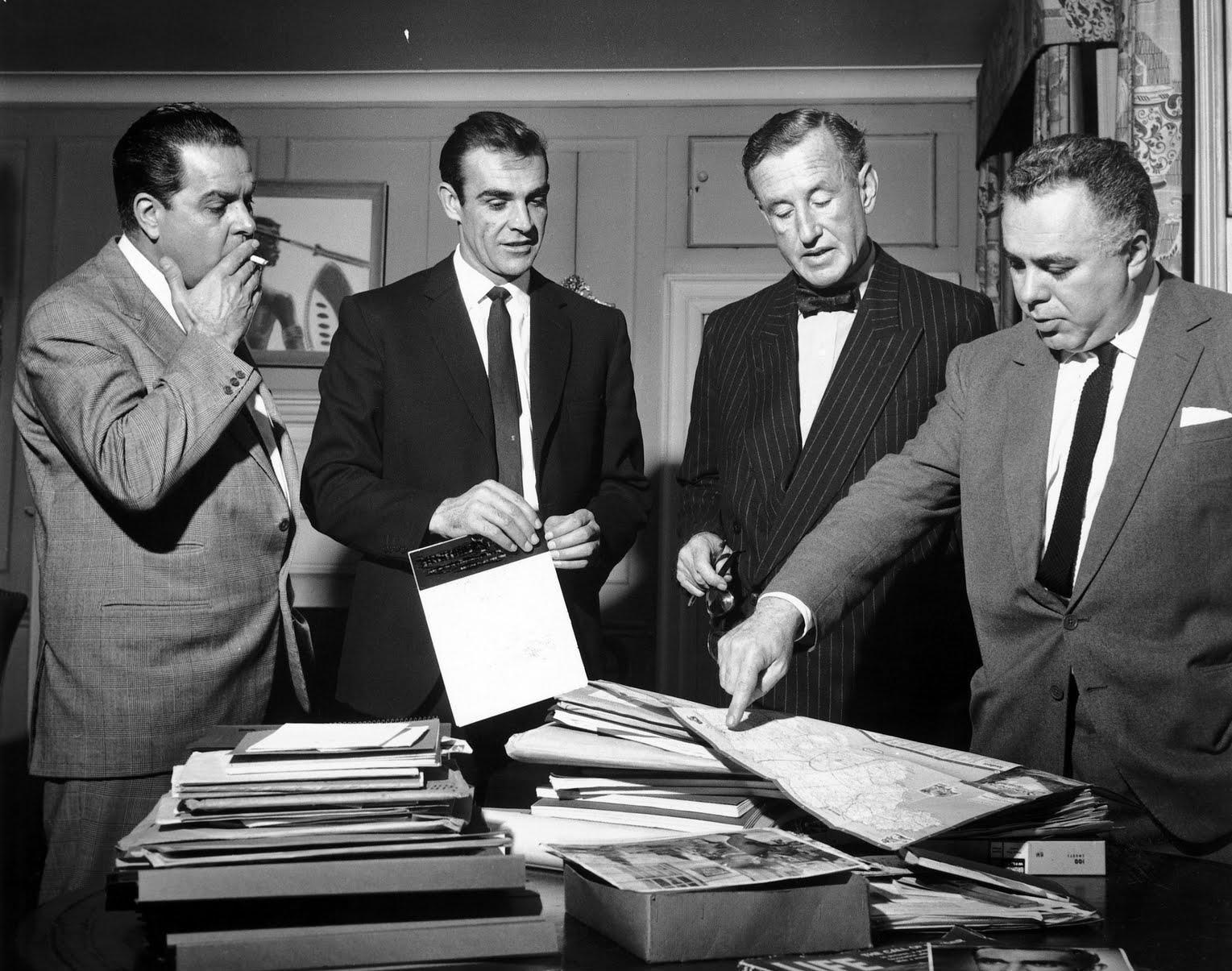
Bond’s Legacy: Continuation Novels and Authors
The article also briefly mentions the continuation novels and authors that have contributed to the Bond series after Fleming’s death, such as Kingsley Amis, John Gardner, Raymond Benson, Sebastian Faulks, Jeffery Deaver, and Anthony Horowitz. These continuation novels have allowed Bond’s legacy to live on, with each author bringing their unique take on the iconic character and his world.
Kingsley Amis, author of the 1960s Bond novel, Colonel Sun, added his own literary flair to the series, providing readers with a fresh perspective on Bond’s adventures. John Gardner was another notable Bond author who wrote 16 Bond novels between 1981 and 1996, making him the most prolific of all the continuation authors. Raymond Benson also made his mark on the Bond series, writing six Bond novels between 1997 and 2002.
Sebastian Faulks, author of the 2008 Bond novel, Devil May Care, brought his own twist to the series, capturing the essence of Fleming’s original work while adding his own modern flair. Jeffery Deaver also provided a contemporary take on the character, bringing Bond into the 21st century with his novel, Carte Blanche. Anthony Horowitz, author of the 2015 Bond novel, Trigger Mortis, has continued to honor Fleming’s legacy while also breathing new life into the series.
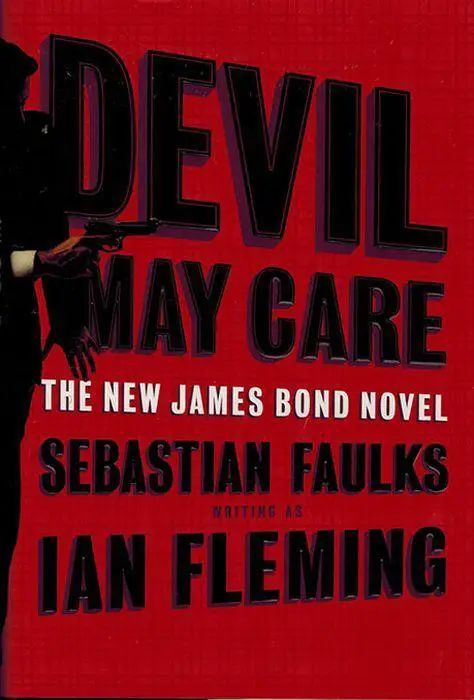
These continuation novels and authors have allowed Bond to remain relevant and appeal to a new generation of readers. While their contributions may differ, each has helped to cement Bond’s status as a literary icon and ensure that his legacy will continue for years to come.
Ian Fleming’s James Bond Novels
Ian Fleming’s James Bond novels form the foundation of the series, and reading them in order is essential to fully appreciate the character’s evolution. The 12 novels were published over the course of a decade, beginning with Casino Royale in 1953 and concluding with The Man with the Golden Gun in 1965.
| Book Title | Publication Date |
|---|---|
| Casino Royale | April 1953 |
| Live and Let Die | April 1954 |
| Moonraker | April 1955 |
| Diamonds are Forever | March 1956 |
| From Russia, with Love | April 1957 |
| Dr. No | March 1958 |
| Goldfinger | March 1959 |
| For Your Eyes Only | April 1960 |
| Thunderball | March 1961 |
| The Spy Who Loved Me | April 1962 |
| On Her Majesty’s Secret Service | April 1963 |
| You Only Live Twice | March 1964 |
| The Man with the Golden Gun | April 1965 |
Starting with Casino Royale not only introduces the character of James Bond, but also establishes his personality, backstory, and the world he inhabits. It lays the foundation for subsequent novels and their events, which build upon one another.
Kingsley Amis’ Contributions to the Bond Series
Kingsley Amis’s novels add a new dimension to the Bond series after Fleming’s death, providing readers with fresh adventures starring the iconic spy. Amis wrote Colonel Sun, the first continuation novel following Fleming’s death, which was published in 1968 under the pseudonym Robert Markham. The novel was well-received and marked the start of a new era for Bond.
Amis’s take on Bond stands out for his use of humor and satire, a departure from Fleming’s serious tone. His second Bond novel, The Book of Bond or Every Man His Own 007, is a comedic guide to being a spy, poking fun at the Bond formula with a series of tongue-in-cheek scenarios and parodies of the spy genre.
Amis’s unconventional approach to Bond was not universally appreciated, and his third Bond novel, Colonel Sun, is considered his strongest work in the series. Regardless, his contributions added a new layer to the Bond universe and paved the way for future authors to explore new directions with the character.
John Gardner’s Notable Bond Novels
John Gardner’s Bond novels continue the legacy of 007, introducing readers to thrilling missions and new villainous adversaries. Gardner wrote a total of 16 Bond novels, starting in 1981 with License Renewed and ending in 1996 with Cold. His contribution to the Bond series after Fleming’s death added depth to the character while staying true to Fleming’s original vision.
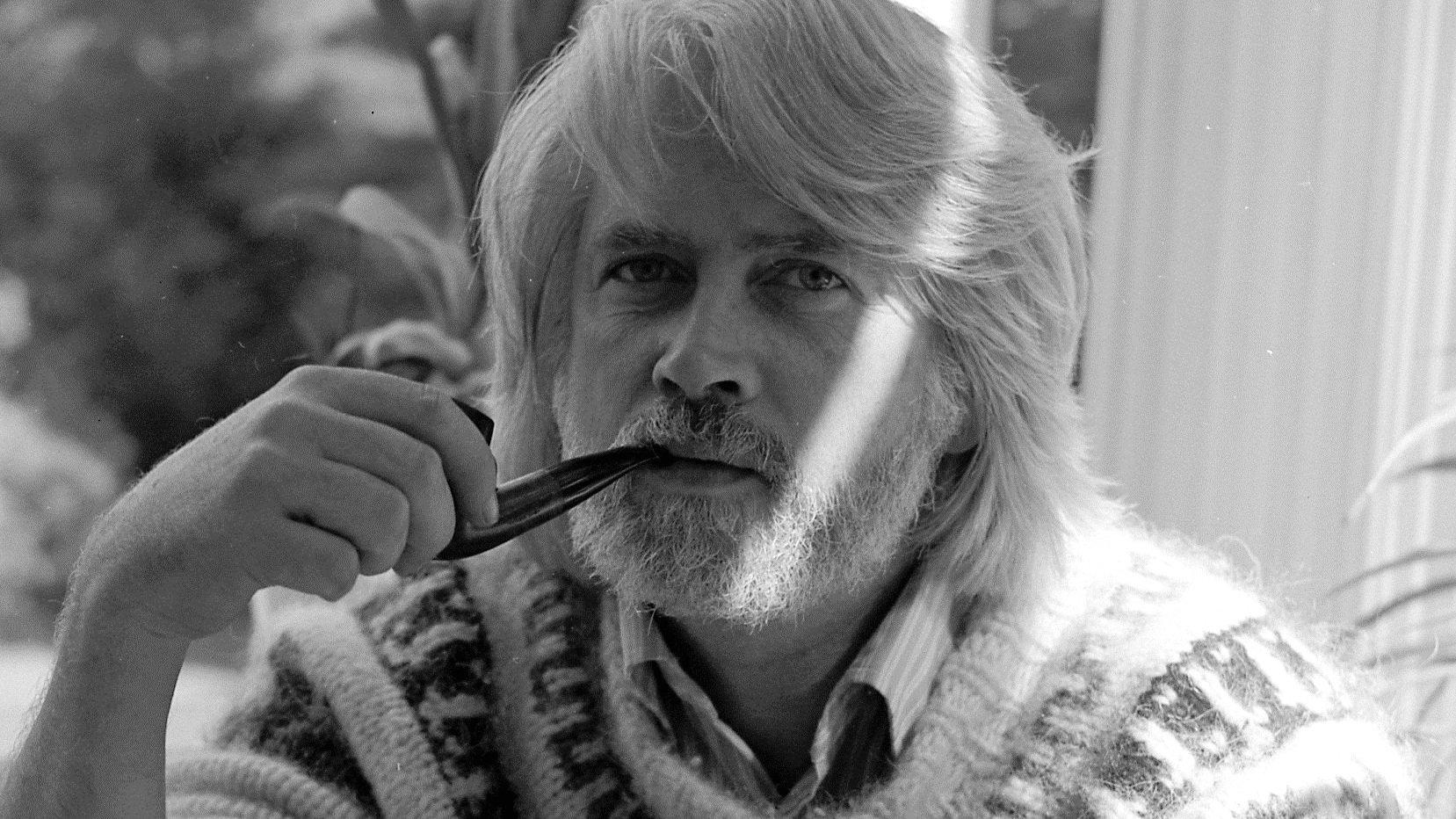
Gardner’s Bond novels are set in the 1980s and 1990s, reflecting the contemporary issues and political tensions of the time. Some of his notable works include For Special Services, Nobody Lives Forever, and Scorpius. In For Special Services, Bond teams up with a female CIA agent to foil a plot to destroy California’s Silicon Valley. In Nobody Lives Forever, Bond faces a new enemy, Wolfgang Weisen, a twisted genius with a personal vendetta against 007. And in Scorpius, Bond goes up against a powerful drug lord who seeks to spread his criminal empire across the globe.
Gardner’s Bond novels were praised for their fast-paced action, complex plots, and well-drawn characters, including new allies and enemies. He introduced a new Bond girl in each of his novels, showcasing the diverse backgrounds and personalities of the women who cross paths with 007. Gardner’s Bond was a more introspective character, grappling with issues such as aging, mortality, and the consequences of his actions. He also delved deeper into the history of the Bond universe, exploring the backgrounds of familiar characters such as M and Q.
While some critics felt that Gardner’s Bond novels did not capture the essence of Fleming’s original work, his contribution to the series after Fleming’s death was undeniable. Gardner’s novels remain a significant part of the Bond canon, introducing new readers to the world of espionage and intrigue that Fleming created.
Raymond Benson’s Contribution to the Bond Universe
Raymond Benson breathed new life into the Bond series, delivering gripping adventures that captivated readers. He took over the reins from John Gardner and continued the Bond legacy by delivering six original novels featuring the iconic spy character.
The Benson era began with “Zero Minus Ten,” which was published in 1997. The novel is set in Hong Kong, where Bond investigates a terrorist threat against Britain’s sovereignty over the city. The plot is complex, and the action is described in gritty detail, making the novel a worthy addition to the Bond series.
In 1999, Benson followed up with “Tomorrow Never Dies,” a novel based on the screenplay for the movie of the same name. Bond’s mission is to foil a megalomaniacal media mogul’s plan to start a war between China and the United Kingdom. Benson’s novelization captures the thrilling action and suspense of the movie, while also adding his own unique flair to the Bond character.
Benson continued to expand the Bond universe with his subsequent novels, such as “The Facts of Death,” “High Time to Kill,” and “The Man with the Red Tattoo.” His final Bond novel, “The Man with the Red Tattoo,” was published in 2002, and it’s a fitting end to his tenure as a Bond author. The novel takes Bond to Japan, where he confronts a Japanese crime syndicate and battles a deadly virus.
Raymond Benson’s contributions to the Bond series ensured that the character remained relevant to modern readers. His novels are action-packed and filled with thrilling plot twists, and they continue to captivate Bond fans even today.

Sebastian Faulks’ Bond Novel: Devil May Care
Sebastian Faulks’ Bond novel, Devil May Care, pays homage to Ian Fleming’s style and immerses readers in a classic Bond adventure. Published in 2008 to coincide with Fleming’s centenary, the novel is set in 1967 and follows Bond as he investigates the villainous Dr. Julius Gorner, who plans to flood the world with heroin.
Faulks captures the essence of Fleming’s Bond, complete with his charming wit and love for fast cars and beautiful women. The novel is a direct sequel to The Man with the Golden Gun, one of Fleming’s last novels, which adds to its place in the series.
Overall, Devil May Care is a must-read for fans of the original series and a great introduction for newcomers. Faulks’ contribution to the Bond universe is a fitting tribute to Fleming’s legacy and serves as a reminder of the enduring appeal of the character.
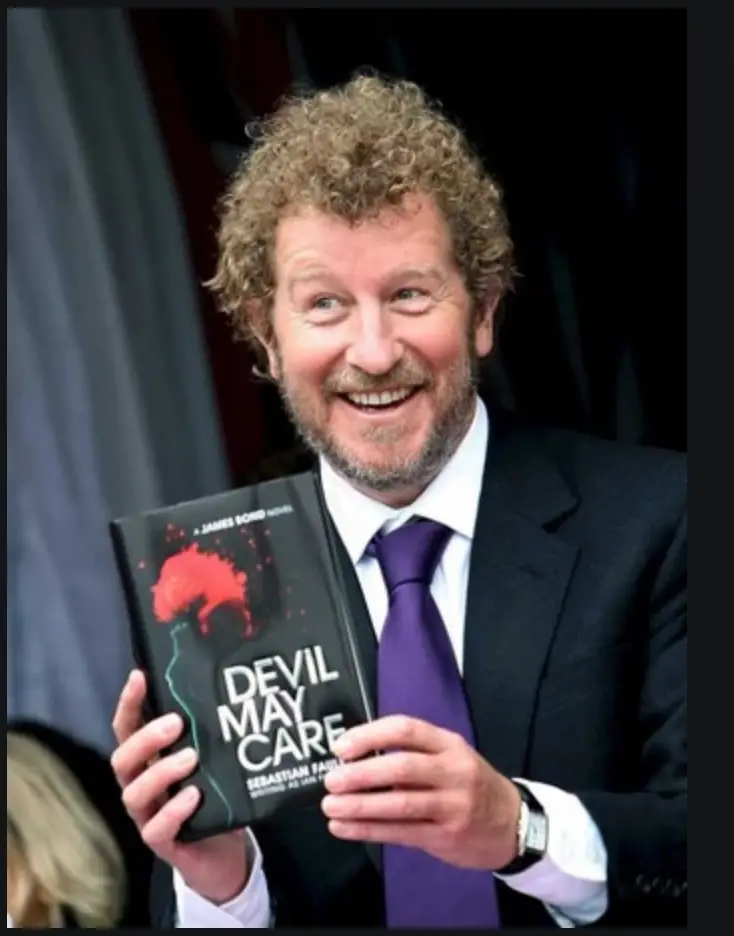
Jeffery Deaver’s Modern Take on Bond
Jeffery Deaver’s Bond novels infuse the series with a fresh perspective, combining gripping storytelling with a contemporary edge. As part of the continuation novels, Deaver’s contributions stood out for their modern twists on the classic character. His first Bond novel, Carte Blanche, was released in 2011 and marked a significant departure from the traditional Bond formula. Set in the present day, the book sees Bond dealing with cyber-terrorism and international financial crime.
Deaver’s Bond is not just a suave spy with a license to kill – he’s a dynamic character with a complex backstory and a strong moral compass. In Carte Blanche, we see his vulnerabilities and insecurities, and we witness him struggle to come to terms with his past. This new side to Bond resonated with readers, and Carte Blanche became a bestseller.
Deaver’s next Bond novel, The Burial Hour, was released in 2017 and continued to push Bond in new directions. This time, Bond is tasked with investigating a kidnapping in New York City, and the book explores themes of human trafficking, corruption, and the dark underbelly of the city.
Overall, Deaver’s Bond novels offer a fresh take on a classic character, infusing the series with new energy and appeal to contemporary readers. While they may not be everyone’s cup of tea, they represent an exciting addition to the Bond universe and demonstrate the enduring appeal of this iconic character.
Anthony Horowitz: Continuing Bond’s Legacy
Anthony Horowitz’s Bond novels ensure that the character’s legacy lives on, drawing readers back into the thrilling world of espionage. As one of the most recent writers to contribute to the Bond series, Horowitz brings a fresh perspective to the character while honoring Ian Fleming’s original vision.
Horowitz’s first Bond novel, Trigger Mortis, is set in the 1950s and follows Bond as he investigates a plot to sabotage a Grand Prix race at Nürburgring. The novel seamlessly continues the story from Fleming’s Goldfinger, featuring characters from the original novel and introducing new villains that fit perfectly into the Bond universe.

In 2018, Horowitz released his second Bond novel, Forever and a Day, which serves as a prequel to Casino Royale. The novel explores Bond’s origins as a newly minted double-0 agent and takes readers on a thrilling adventure through the French Riviera.
Horowitz’s writing style is characterized by his attention to detail and his ability to capture the essence of the Bond character. He seamlessly weaves together elements of Fleming’s original novels with his own fresh ideas, creating a truly immersive reading experience.
As the Bond series continues to evolve and attract new fans, Horowitz’s contributions ensure that the character and his legacy will live on for years to come. His dedication to honoring Fleming’s vision while also bringing his own unique perspective to the beloved character is a testament to the enduring appeal of James Bond.





